It is said that there are only two types of smartphones in this world: iPhones and “other smartphones.” Among the “other smartphones,” there are the majority of Android devices, as well as the forgotten Windows Phones, Blackberries, and Symbian phones.
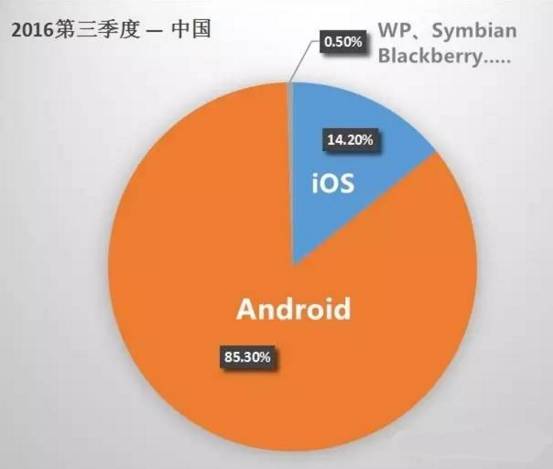
As of September this year, statistics show that Android holds an 85% market share in China, becoming the absolute mainstream in this market. However, due to the uneven hardware performance of Android phones, consumers often encounter various problems and confusions when purchasing, and many people frequently ask which phone is better.
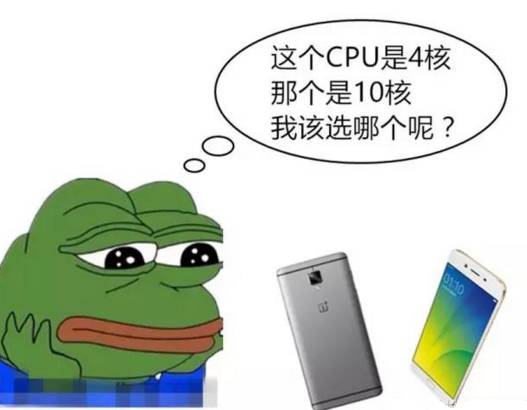
Today, I will talk about the heart of the smartphone, the processor.
Some may think that a ten-core processor has better performance, as it has more cores.
However, this is not the case. The computing power of a processor is related to many factors, including the well-known clock speed and core count, but it is also largely influenced by the size of the transistors on the chip, which is referred to as the 14nm or 16nm process technology.
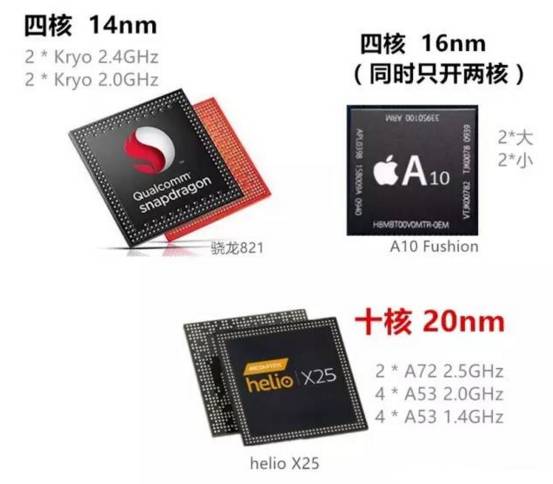
The currently mainstream high-performance processors in the market include Qualcomm Snapdragon 821, Apple A10, and MediaTek Helio X25. In the latest smartphone processor ranking, the A10 is in first place, Snapdragon 821 is second, while the X25, which has the most cores, did not even make it into the top five.
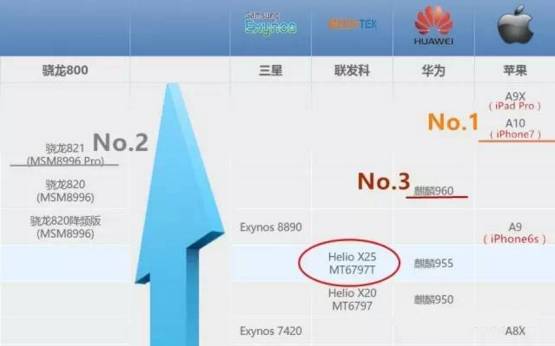
The ten-core X25 cannot even outperform Apple’s previous generation A9 (dual-core). The phrase “one core is in trouble while nine cores watch” perfectly describes MediaTek, and I’m sorry, but I really didn’t laugh.
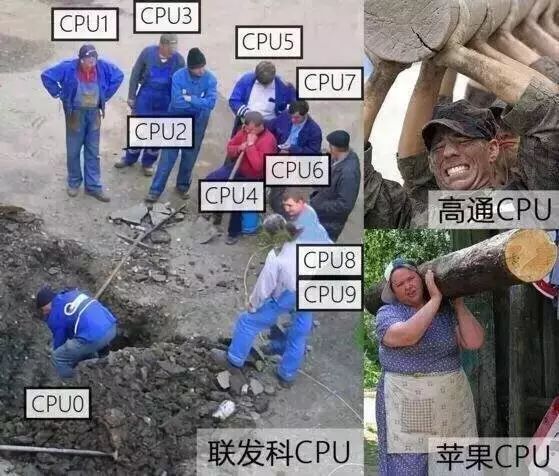
Let’s take a look at this well-known image in the industry.
So why is there such a large performance gap between MediaTek’s processors and the other two companies?
There are two main reasons: First, MediaTek uses the Arm public architecture, which everyone can use, while Qualcomm and Apple use independently developed architectures. Custom architectures from large companies fit better than generic ones.
The second reason is the difference in process technology. Qualcomm’s 14nm process outperforms MediaTek’s 20nm in terms of temperature, performance, and power consumption.
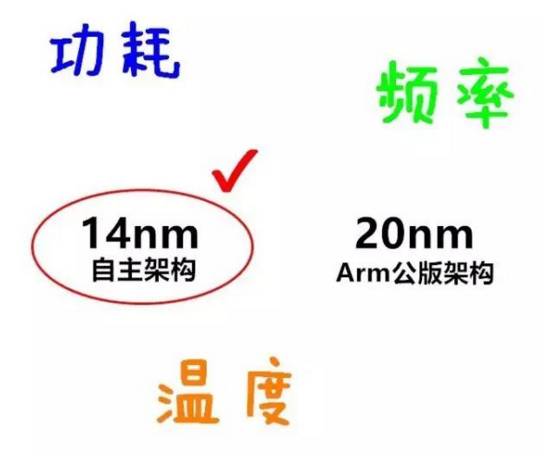
Many factors that limit CPU performance are temperature and power consumption. Anyone familiar with computers or who frequents forums knows that if the processor temperature cannot be controlled, it can burn out. The backward chip process technology causes the X25 to have great potential but cannot manage to utilize it fully… it has to shut down cores, sacrificing performance.

In full performance mode, the X25 can only last about 15 minutes before it starts to throttle due to temperature, and after running for over three hours, its performance is reduced to about two-thirds.
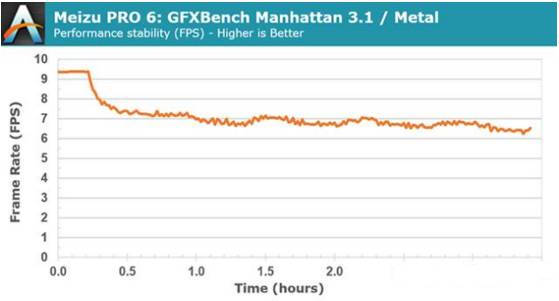
In the GFXBench T-Rex off-screen test results, the X25 scored the lowest, mainly because it rarely utilizes the A72 big core. However, this also means that the X25 has the lowest power consumption, roughly on par with Huawei’s Kirin 955, making it a tough competitor in the Arm architecture.
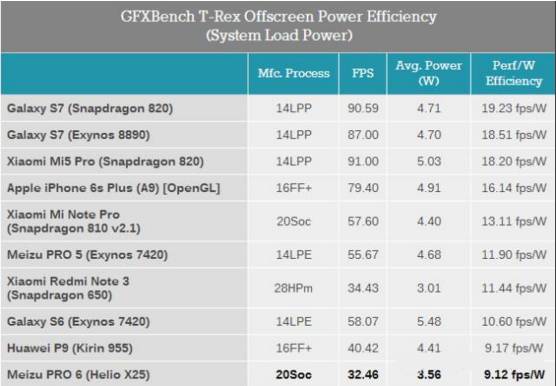
However, even with the same Arm public architecture and having 4* (A72+A53), the eight-core Kirin 955 outperforms the ten-core X25. The X25 has two more little cores than the 955, but due to advantages in process technology (16nm), the 955 can generally keep all A72 big cores running, while MediaTek often habitually shuts down the A72 big cores. It suffers in silence.
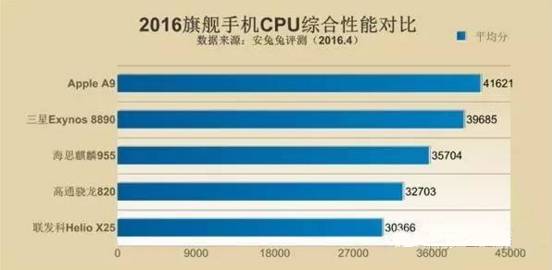
The smartphone market is rapidly evolving, and being slightly behind can lead to elimination. Everyone is working hard to develop the processing performance of mobile devices. The current strongest A10 Fusion not only surpasses all smartphones but even all MacBook Airs.
However, there is also a strange phenomenon where the two companies with the largest domestic shipment volumes are OPPO and vivo, both of which use relatively weaker processors. In this era where performance is almost ubiquitous, is hardware performance still an important consideration?
What aspects do you consider when purchasing a smartphone? Leave a message to me, and I will create a series based on your concerns!
PS: A lot of data in this article comes from daily tech updates. Thanks to my peers for providing abundant data.